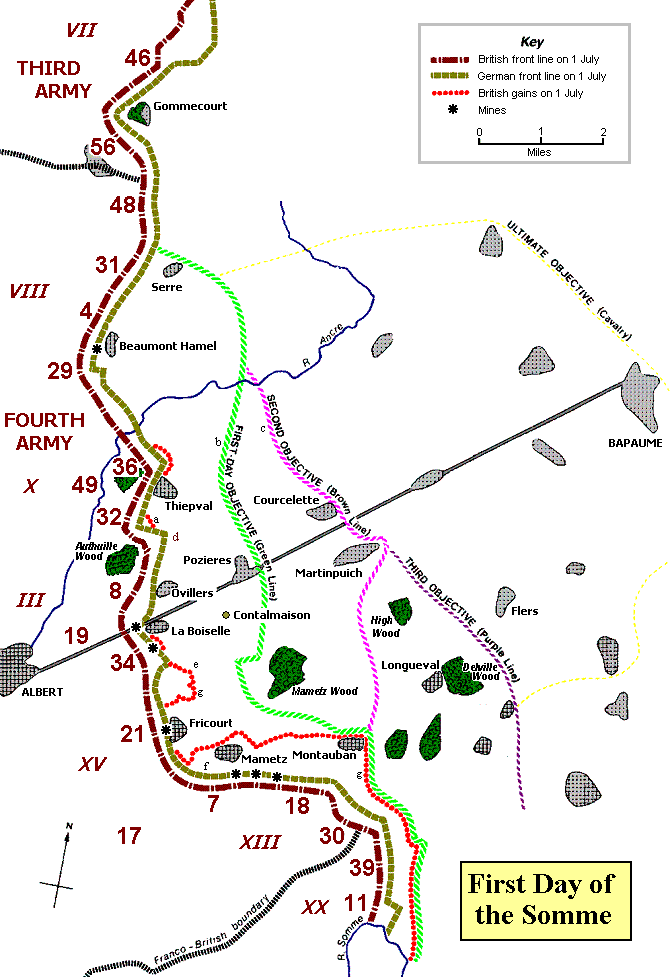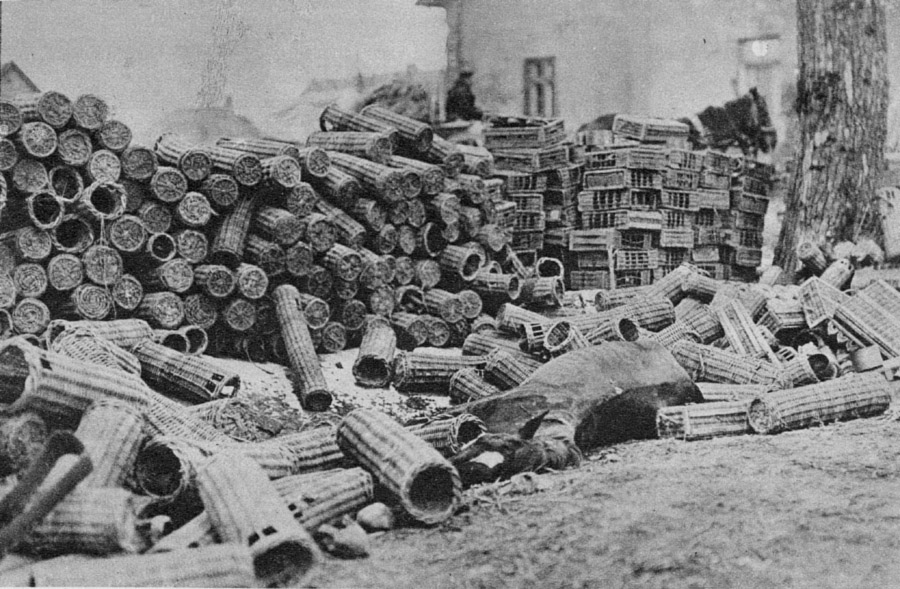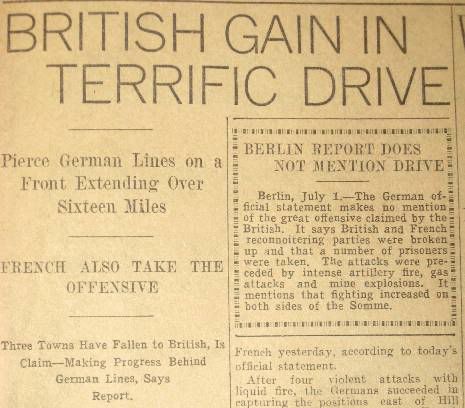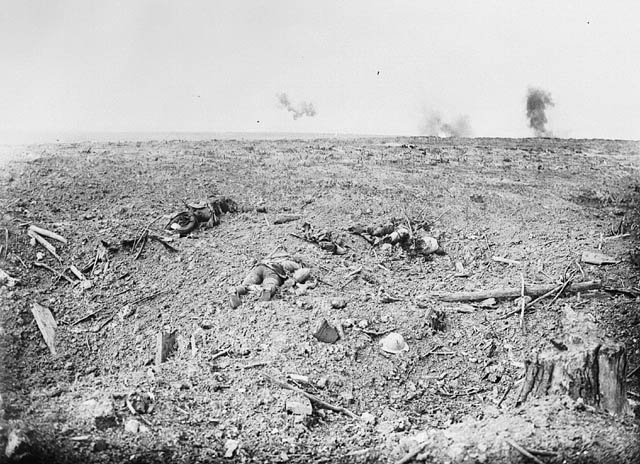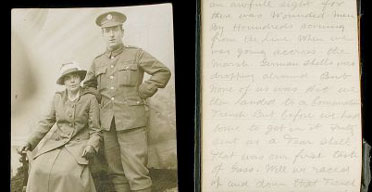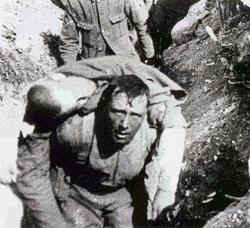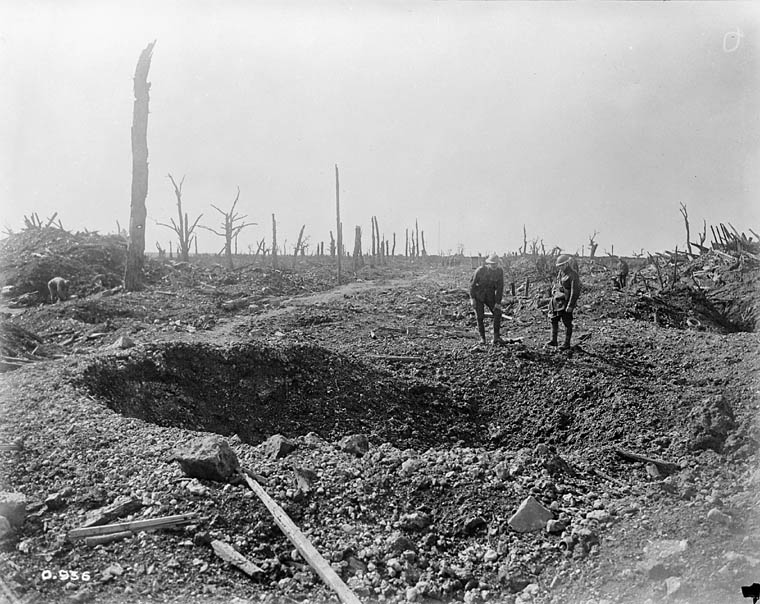A Soldier’s Cemetery
by John William Streets (killed and missing in action on 1st July 1916 aged 31)
Behind that long and lonely trenched line
To which men come and go, where brave men die,
There is a yet unmarked and unknown shrine,
A broken plot, a soldier’s cemetery.
There lie the flower of youth, the men who scorn’d
To live (so died) when languished Liberty:
Across their graves flowerless and unadorned
Still scream the shells of each artillery.
When war shall cease this lonely unknown spot
Of many a pilgrimage will be the end,
And flowers will shine in this now barren plot
And fame upon it through the years descend:
But many a heart upon each simple cross
Will hang the grief, the memory of its loss.
.jpg)
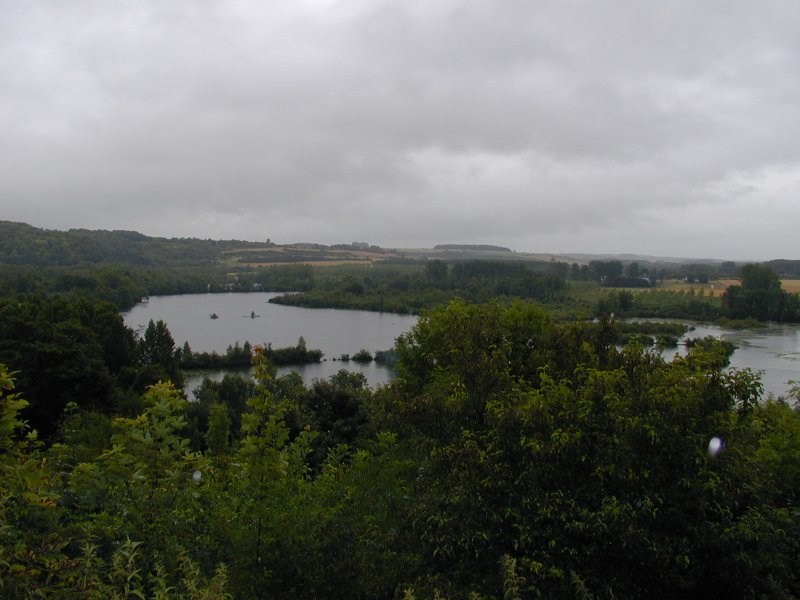
.jpg)

